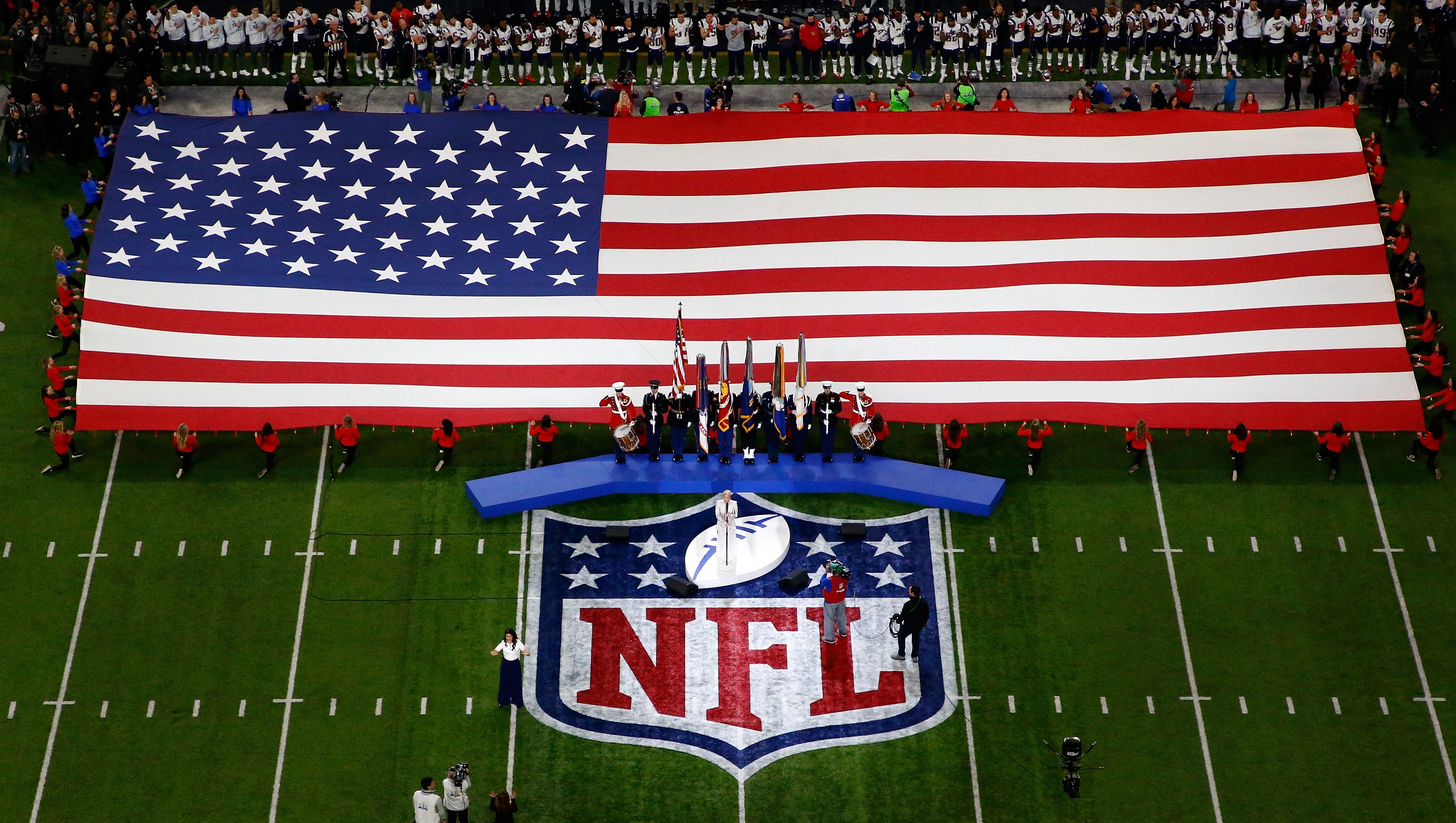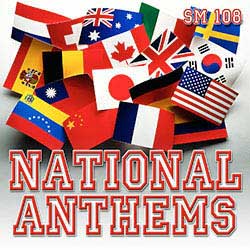

In 1912, the song was published under the title Bharat Bidhata in the Tatwabodhini Patrika, which was the official publication of the Brahmo Samaj and of which Tagore was the Editor. Song was performed by Sarala Devi Chowdhurani, Tagore’s niece, along with a group of school students, in front of prominent Congress Members like Bishan Narayan Dhar, Indian National Congress President and Ambika Charan Majumdar. The song ‘Bharat Bhagya Bidhata’ was first sung on the Day 2 of the annual session of the Indian National Congress in Calcutta on December 27, 1911. Jaya he, Jaya he, Jaya he, Jaya Jaya, Jaya, Jaya he. The salvation of all people is in thy hand,Ī shorter version of the National Anthem is also sung on occasions and it consists of the first and last lines of the verse, like They pray for thy blessings and sing thy praise. Mingles in the music of the Yamuna and GangaĪnd is chanted by the waves of the Indian Sea. It echoes in the hills of the Vindhyas and Himalayas, The name rouses the hearts of Punjab, Sind, Gujarat and Maratha, Thou art the ruler of the minds of all people, The musical notations for the English version were set down by Margaret Cousin, James Cousin’s wife. He penned down the English translation during his stay at Madanapalle, a small town in the Chittoor district of Andhra Pradesh. The idea of translating the song from Bengali to English came to Tagore while he was visiting the Besant Theosophical College on the invitation of Irish poet James H. Jaya he, jaya he, jaya he, Jaya jaya jaya, jaya he!

They remain unchanged in most of them but the pronunciation varies according to the predominant accent of the region. The words again are common in most of the Indian languages and are accepted as such. The words are primarily noun but can be used as verbs alternatively. The original song ‘Jana Gana Mana’ is written in Bengali, but in a Sanskritized dialect known as Sadhu Bhasha. If put forwards succinctly, the National Anthem conveys the spirit of pluralism or in more popular term the concept of ‘Unity in Diversity’, which lies at the core of India’s cultural heritage. The parent song, ‘Bharoto Bhagyo Bidhata’ is a Brahmo hymn which has five verses and only the first verse has been adopted as National Anthem. The song was originally composed in Bengali by India’s first Nobel laureate Rabindranath Tagore on December 11, 1911.

The National Anthem of India is entitled ‘Jana Gana Mana’. The national anthem presents a country’s identity to the world and it acts as an instrument of unity among its citizens. It generally helps citizens relate to the country’s spiritual and philosophical sentiments, its rich culture and colorful history. Saving Earth Britannica Presents Earth’s To-Do List for the 21st Century.National Anthem refers to a musical composition that has been selected by an authorized government bodyand is meant to represent a country’s patriotic ethos.Britannica Beyond We’ve created a new place where questions are at the center of learning.100 Women Britannica celebrates the centennial of the Nineteenth Amendment, highlighting suffragists and history-making politicians.
#National anthem how to


 0 kommentar(er)
0 kommentar(er)
